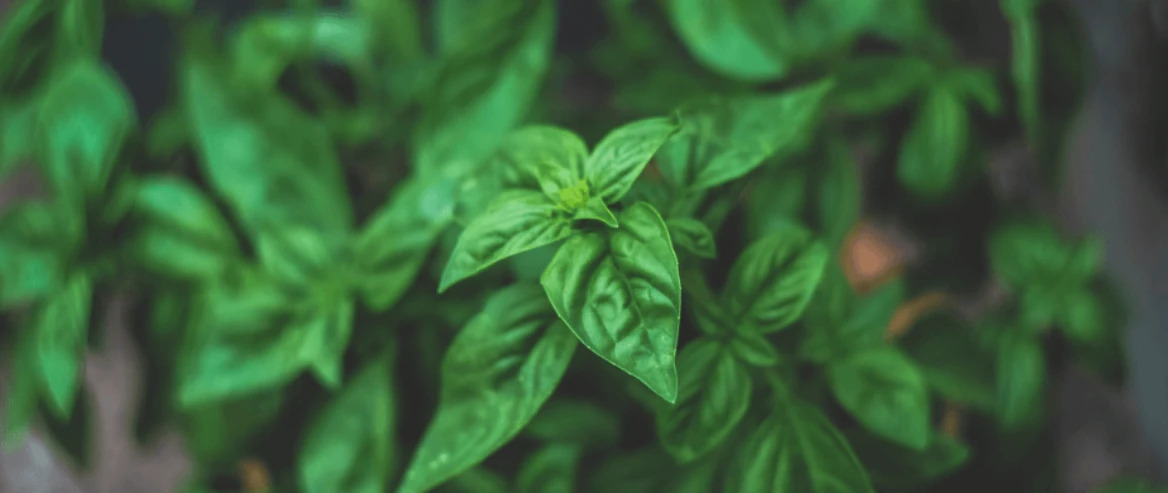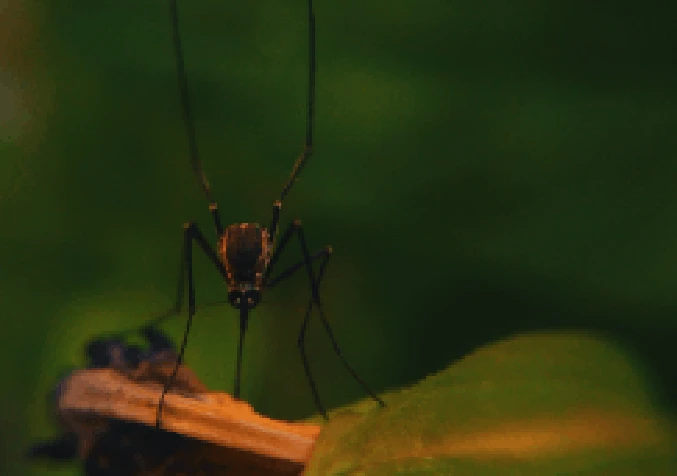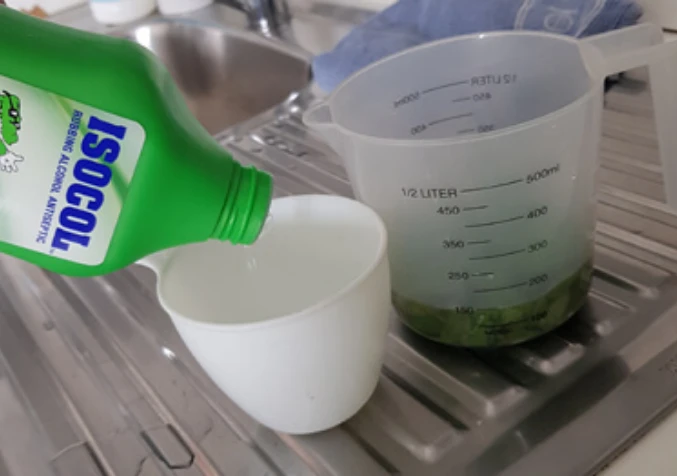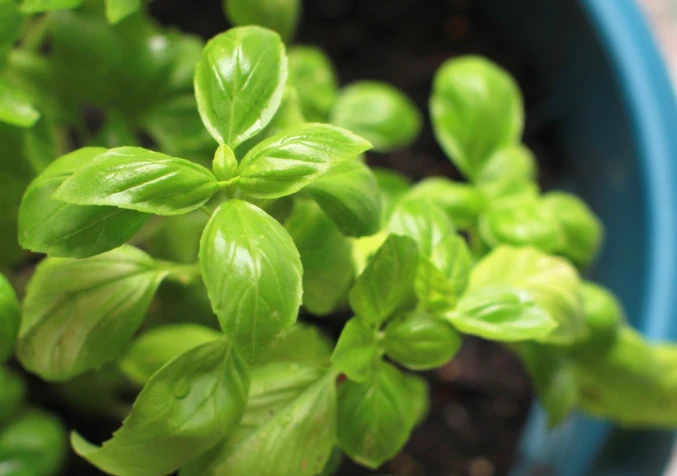Make Your Own Natural Insect Repellent
Published on Oct 25, 2018

Summer is on the way. The mosquito, an age-old enemy lurks in our shadows sniping, buzzing and biting, looking to make life miserable. If your kids are like mine they are highly susceptible to this feeding frenzy developing deep red welts that become infected when scratched with dirty paws.
So how best to fight the bite naturally? I am not so keen on DEET and other chemicals. I start to worry about the long-term effect they can have on my kids and the world is already overloaded with chemicals and toxins.

The secret has been lying in my veggie patch for years. It is pure green in colour with a delicate fragrance that brings dishes to life and gets your tongue salivating. It pairs perfectly with tomatoes, onion and garlic on toasted bruschetta or mixed in with a good Italian pasta. You guessed right – its basil!
Basil Homemade Insect Repellent Recipe
I’ve done a little research and found out that basil is a natural treatment and preventative for so many ailments. It eases the pain in childbirth, controls nausea and vomiting, soothes the stomach and alleviates bites. Among plants used as natural insect repellents, basil has no superior. It contains estragole, citronellal, limonene and nerolidol which makes it the most potent and effective alternative to all insect repellents that contain harmful DEET and other chemicals.
This is all well and good, but how do we mix our own concoction and turn this pure green leaf into our best friend this summer? Electrodry has the answer!

Ingredients
-
1 heaped cup of fresh basil leaves
-
10 drops of basil essential oil (optional)
-
1/2 cup of boiling water
-
1/2 cup of Isocol
Instructions
-
Harvest the fresh basil leaves, then clean the stems and leaves thoroughly to remove dirt or debris
-
Place the basil leaves in a glass jug and pour boiling water on the leaves. Add the isocol, combining the mixture together
-
Let the leaves soak for several hours
-
After several hours, remove the leaves and transfer the basil-infused water into a spray bottle. Be careful to squeeze every last drop of liquid out of the leaves and into the spray bottle.
-
Attach the spray nozzle and spray directly onto the skin or clothes to repel stinging insects. Avoid spraying into the eyes, mouth or nasal cavity and keep out of children's reach.
How to Care for Your Basil Plant

Basil does require a lot of nutrients, but a light touch is still required at feeding time. Over-fertilising your basil plants will give you a big green healthy looking plant, but those big green leaves won’t have had the opportunity to develop the natural oils that give this wonder plant it’s medicinal and mosquito repellent properties.
For new plants, dig an inch or two of compost or animal manure into the top 6 to 8 inches at planting time. For existing plants, we suggest a water-soluble fertiliser mixed at half strength or an organic fertiliser such as liquid seaweed or fish emulsion. For indoor plants, feed every 4 – 6 weeks and for outdoor plants ever 2 – 3 weeks.
If your basil plants need a bit more help, then fertilise lightly with a herb fertiliser, taking care to not get the fertiliser on the leaves. Lightly scratch the fertiliser into the soil and water thoroughly.
Don’t forget to prune your basil plant, removing any flowering stalks. This will leave the basil plant with more energy and nutrients to develop those amazing natural oils.




